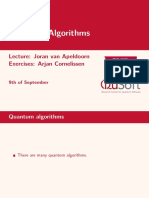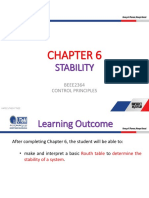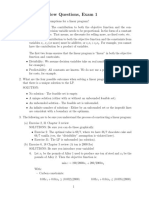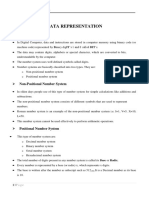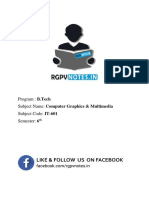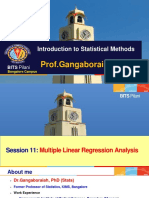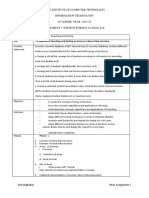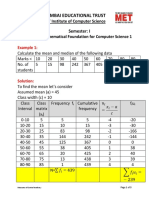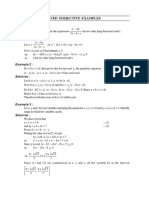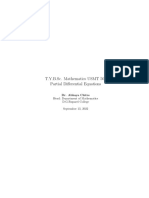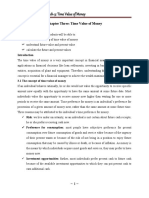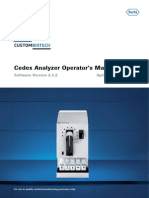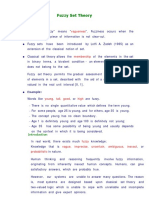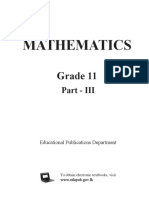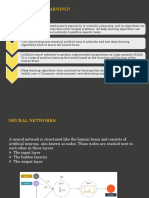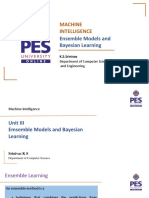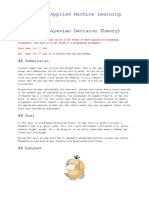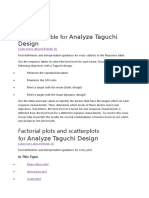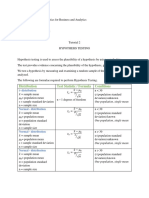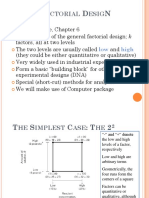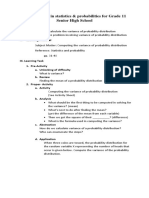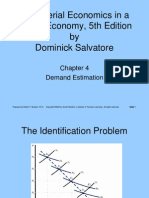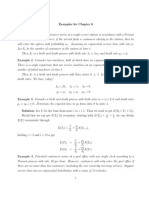0% found this document useful (0 votes)
196 views14 pagesMLE of Utility Function by Using Stata
The document discusses methods for estimating utility functions using maximum likelihood estimation in Stata. It describes estimating a constant relative risk aversion (CRRA) utility function, extending the model to include loss aversion and probability weighting based on prospect theory, and adding stochastic errors. It provides example Stata code for estimating standard models and discusses outputs.
Uploaded by
meriemCopyright
© © All Rights Reserved
We take content rights seriously. If you suspect this is your content, claim it here.
Available Formats
Download as PPTX, PDF, TXT or read online on Scribd
0% found this document useful (0 votes)
196 views14 pagesMLE of Utility Function by Using Stata
The document discusses methods for estimating utility functions using maximum likelihood estimation in Stata. It describes estimating a constant relative risk aversion (CRRA) utility function, extending the model to include loss aversion and probability weighting based on prospect theory, and adding stochastic errors. It provides example Stata code for estimating standard models and discusses outputs.
Uploaded by
meriemCopyright
© © All Rights Reserved
We take content rights seriously. If you suspect this is your content, claim it here.
Available Formats
Download as PPTX, PDF, TXT or read online on Scribd
/ 14
